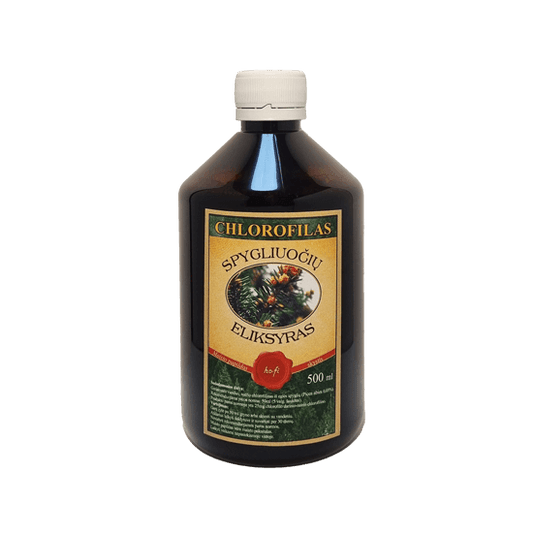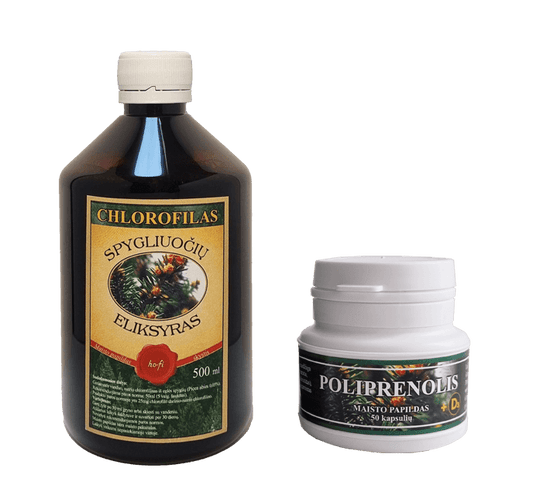
What is Chlorophyll?
Have you ever wondered why plants are green? It's because of chlorophyll - a green pigment found in plants that captures solar energy and participates in photosynthesis. Due to its unique ability to absorb sunlight, chlorophyll is also called "liquid sunshine."
Chlorophyll is the primary pigment involved in the process of photosynthesis. It helps plants convert sunlight into energy needed for growth. The human body does not synthesize chlorophyll, so we obtain it from food or consume it as a dietary supplement.
Chemically, chlorophyll is very similar to hemoglobin. The hemoglobin formula is almost identical to the chlorophyll formula. The only difference is that chlorophyll contains magnesium, while hemoglobin contains iron. The functional properties of chlorophyll are the same as the functions of blood in the human body. Just as hemoglobin colors blood red, chlorophyll colors plant leaves green.
It has been observed that chlorophyll helps to cleanse the body of radioactive substances and toxins such as heavy metals and arsenic. Specialists call chlorophyll the best blood cleansing and restoration agent.
Liquid chlorophyll contains many biologically active minerals (potassium, iron, magnesium, manganese, calcium, sodium, zinc, copper, nickel, cobalt, etc.), beta-carotene, folic acid, polyprenols, and other substances essential for the body.
Effect
Our liquid chlorophyll is typically made from European pine needles. Its main active ingredient is sodium chlorophyllin. This compound has strong antioxidant properties, helps neutralize free radicals, and protects cells from damage.
Benefits of Chlorophyll
The ancient Greeks already knew that chlorophyll is very beneficial and necessary for the human body. They processed green plant leaves and used the resulting substance to treat wounds, bruises, and sprains. Traditionally, chlorophyll was used as a remedy to freshen breath, eliminate bad body odor, treat digestive problems, and stimulate blood cell production in cases of anemia. Chlorophyll also provided energy for hard work and recovery from illness.
Benefits of chlorophyll for health:
- Strengthening the immune system: Chlorophyll strengthens the immune system, helping the body fight infections more effectively.
- Improving blood quality: Due to its similarity to hemoglobin, chlorophyll can help improve blood quality, promote oxygen transport, and increase energy levels.
- Supporting the digestive system: Chlorophyll can help reduce stomach acidity, relieve digestive upset, and promote bowel function.
- Detoxification: Chlorophyll helps the body eliminate toxins, heavy metals, and other harmful substances. It stimulates liver function and helps cleanse the blood.
- Skin health: Chlorophyll can help cleanse the skin, reduce inflammation, and improve its overall condition.
- Odor reduction: Chlorophyll helps neutralize unpleasant body odors, such as sweat or garlic odor.
Usage
Take in the morning as an energy drink, 20-50 ml (2-5 tablespoons) pure or diluted with water. Larger doses are possible with heavy physical exertion.
In case of acute viral and colds, it is recommended to drink chlorophyll 50 ml twice a day. To achieve the desired effect, doses should be large but short-term. Drink at least 20 minutes before a meal or during a meal if you have heartburn.
For prophylaxis (as a food supplement), take 1 tablespoon twice a day, pure or diluted with water. The duration of use is individual: from 2 weeks to several months or longer.
This article is for informational purposes only and should not be considered medical advice.













